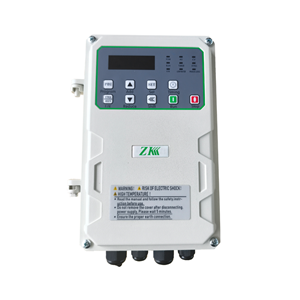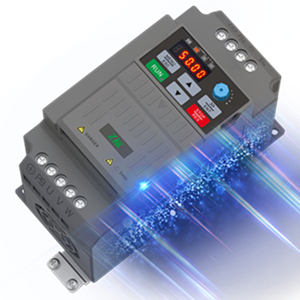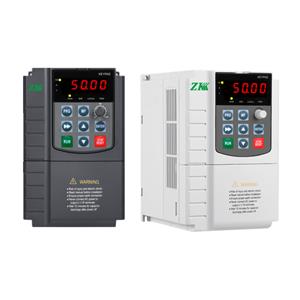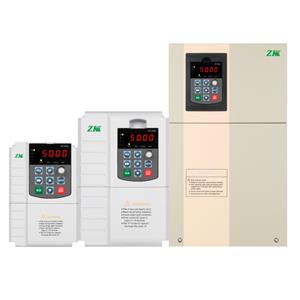Revolutionizing Conveyor Systems: The Strategic Impact of Variable Frequency Inverters in Belt-Driven Applications
The conveyor belt industry,a backbone of mining,logistics,and manufacturing sectors,is experiencing a paradigm shift with the integration of variable frequency inverters.These advanced devices are redefining operational efficiency,energy management,and system longevity,empowering industries to meet modern demands for sustainability and precision.
Energy Efficiency:Reducing Costs and Environmental Footprint
Conveyor belts often operate continuously,even during low-load periods,leading to significant energy waste.Variable frequency inverters address this by dynamically adjusting motor speed to match real-time material flow.For instance,a South African mining company reduced energy consumption by 38% after retrofitting its 5km-long overland conveyor with VFIs,saving $450,000 annually.Such results align with global initiatives to cut industrial energy use by 30% by 2030.
Precision Control for Enhanced Productivity
Belt slippage,material spillage,and uneven loading are common challenges in conveyor systems.Variable frequency inverters deliver unmatched control:
Speed Synchronization:Maintain consistent belt speed across incline/decline sections,preventing material rollback.
Soft Start/Stop:Eliminate belt jerking during startup,reducing structural stress.
Load-Based Adjustment:Automatically adapt speed when transporting dense vs.lightweight materials.
Extending Equipment Life and Minimizing Downtime
Traditional fixed-speed drives cause mechanical wear through abrupt torque changes.Variable frequency inverters enhance durability via:
Torque Limiting:Prevent motor overload during blockages or jams.
Harmonic Reduction:Built-in filters minimize electrical stress on motors and bearings.
A Canadian port reported a 55% drop in belt joint replacements after variable frequency inverters installation.
Smart Conveying with IoT-Enabled Variable Frequency Inverters
Modern variable frequency inverters are central to intelligent conveyor networks:
Predictive Maintenance:Variable frequency inverter sensors monitor vibration patterns to predict bearing failures up to 3 weeks in advance.
Remote Optimization:Cloud-connected systems adjust conveyor speeds based on real-time production data from connected plants.
Energy Recovery:Regenerative variable frequency inverters convert braking energy into reusable power during downhill material transport.
Sector-Specific Applications
Mining:
Variable frequency inverters-controlled conveyors adapt to varying ore densities,optimizing throughput while reducing spillage at transfer points.Packaging:
Synchronized speed control ensures seamless handoff between filling stations and belt conveyors.Airports:
Baggage handling systems use variable frequency inverters to manage sudden load changes during peak travel times.
Overcoming Industry Challenges
While variable frequency inverters offer transformative benefits,implementation requires addressing:
Long-Distance Drives:Multi-drive variable frequency inverters configurations maintain torque consistency across 10km+ conveyors.
Harsh Environments:IP66-rated inverters with anti-dust coatings,withstand mining and cement plant conditions.
Retrofit Complexity:Plug-and-play variable frequency inverters modules enable seamless upgrades of legacy systems.
Market Growth and Innovations
The global variable frequency inverter market for conveyor systems is projected to grow at 7.8% CAGR,reaching $3.2 billion by 2027.Cutting-edge developments include:
AI-Powered Speed Optimization:Machine learning algorithms analyze material flow patterns to auto-adjust belt speeds.
Hybrid Solar-Variable Frequency Inverter Systems:Off-grid quarries pair solar arrays with variable frequency inverters to power conveyors sustainably.
Digital Twins:Virtual simulations optimize variable frequency inverters parameters before physical deployment.
Conclusion
Variable frequency inverters are redefining the economics of belt conveyor operations,offering a unique combination of energy savings,precision control,and smart connectivity.As industries face mounting pressure to reduce costs and enhance reliability, variable frequency inverters have transitioned from optional upgrades to mission-critical components.Early adopters are already reaping the rewards of reduced downtime,lower maintenance costs,and compliance with sustainability mandates.




